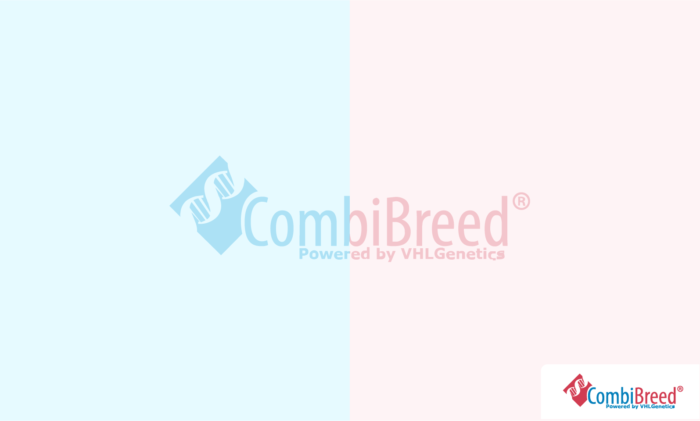
€57,48 €47,50 excl. VAT
Only available in bundles
The coat pattern known as “Ticking” is one of the variations on a tabby coat in cats, where the typical stripes are blended into a more sandy, even colour.
10 working days
From €5,95 shipping and administration per order (incl. VAT)
Only available in bundles
Specifications
| Breeds | Exotic Longhair, Oriental Longhair, Abyssinian, Burmese, Maine Coon, Oriental Shorthair, Siamese, Somali |
|---|---|
| Gene | |
| Organ | |
| Specimen | Swab, Blood EDTA, Blood Heparin, Semen, Tissue |
| Mode of Inheritance | |
| Chromosome | |
| Also known as | |
| Year Published |
General information
The coat pattern known as “Ticking” is one of the variations on a tabby coat in cats, where the typical stripes are blended into a more sandy, even colour. A ticked coat can be present due to one of the two known dominant mutations in the Dickkopf WNT Signaling Pathway Inhibitor 4 (DKK4) gene, which regulates hair follicle development and pigmentation. Both mutations lead to the distinctive characteristics of the coat.
The mutation tested for here is known as Ti^CK and is found in Abyssinian, Somali, Burmese, Maine Coon, Siamese, Exotic Longhair and Oriental Short- and longhair breeds. A second mutation (Ti^A) seem to be observed in the Abyssinian and Somali breeds.
Clinical features
Ticked describes a coat pattern in which a single hair banding occurs without the coat itself being patterned. Meaning that ticked cats have a more evenly-blended coat pattern than other tabby cats, with a colour distribution often described as “sand-like” or “salt-and-pepper”. In some cases, faint striping (ghost stripes) may still be visible on the lower legs, face and tail. As with all forms of tabby, a ticked coat is only possible if the cat is not affected by the non-agouti mutation (not a/a) and the tabby locus can only be expressed in cats which don’t have mutations on the ticked locus.
Additional information
Coat colour is an intricate trait that involves a combination of multiple different genes. Testing for a range of different loci will give the most complete prediction of a cat’s coat colour genetics.
References
Pubmed ID: 33780570
Omia ID: 1484-9685